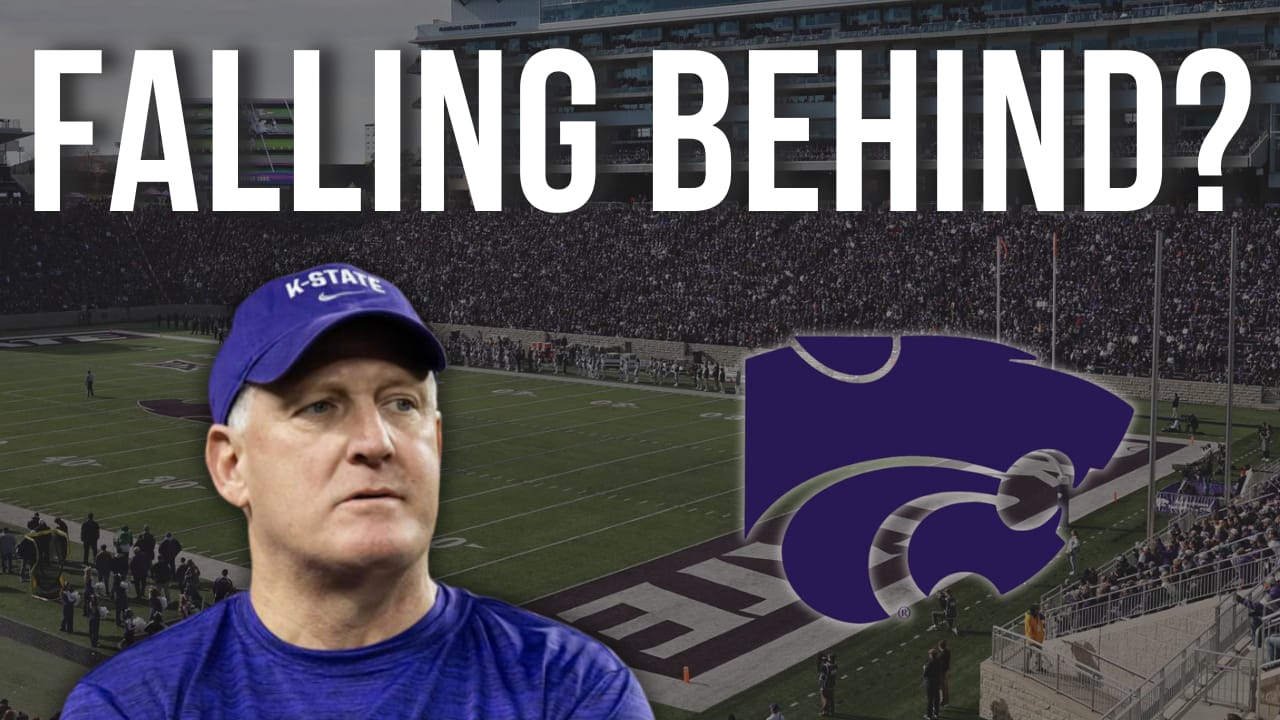- Open For Business
- Posts
- K-State Can’t Afford Complacency
K-State Can’t Afford Complacency
Are the Wildcats serious about securing their future?

Listening to a quote from Arizona State head coach Kenny Dillingham on Saturday really struck a nerve with me.
The headline was that Dillingham said he was staying at ASU instead of pursuing job openings in the SEC or Big Ten, but what caught my attention was the way he spoke about the resources being put into the football program in Tempe.
“I have a lot of confidence that they’re all in,” Dillingham said. “I have a lot of confidence that our administration is pushing the chips to the table on winning in football here. This university is supporting football. This university is really doubling down on what we’re doing right now.
I just want to be able to push this place to its limit. Sometimes, I can do some things that people don’t like, but it’s not my job to be liked. I want to win games. I want to get this program better. Sometimes that is ruffling feathers, but I know this: Our university is behind us. They’re behind this program. They’re behind winning games. They’re going to support this place at a level that can win and compete in the Big 12.”
That sure sounds like an athletics department that gets it. Dillingham has options, and he wouldn’t be sticking around if his bosses weren’t totally committed to getting his program the money it needs. It’s also clear that Dillingham isn’t afraid to push the athletics department and donors to make it happen.
K-State needs to be thinking this way. At this critical juncture in the college sports landscape, every Big 12 athletics department has to be all-in on getting football the resources it needs to compete at the highest level.
Revenue-sharing is here, and there is a $20.5 million revenue-sharing cap this year. Athletics departments need to start by coming up with that money. The College Sports Commission (CSC) was created to oversee any NIL deals beyond that, with the idea that it would punish schools that offer pay-for-play or above-market-value NIL deals.
Predictably, early reports about the CSC’s enforcement efforts have shown that process to be a mess.
It’s not the time to just hope and pray that NIL deals above the revenue-sharing cap get struck down. You need to prepare to fund a roster beyond simply revenue sharing, or you’re going to get left behind fast.
There are significant problems in Manhattan that go far beyond just a disappointing football season. Hope isn’t a strategy, and too much hope was placed in the College Sports Commission cracking down on pay-for-play NIL deals that go above the revenue-sharing cap. While I understand schools' desire for roster spending to essentially end at the cap, it was naive to believe that would actually happen.
There is still technically time for K-State to get its financial ducks in a row to field a competitive roster in 2026, but the groundwork has to start immediately.
K-State’s effort on the field at Oklahoma State on Saturday didn’t inspire much confidence in the future, either.
Yes, the Wildcats’ 14-6 win was just the third K-State win in Stillwater in 26 years, but these are not your older brother’s Cowboys. Oklahoma State has lost 16 straight Big 12 games, and the Cowboys haven’t won a Big 12 home game in 723 days.
OSU has given up at least 38 points to every Power Four team it has faced this season. K-State scored 14.
Even Tulsa, which is 0-6 in the AAC, beat Oklahoma State in Stillwater this year.
It’s what made this postgame quote from Wildcats head coach Chris Klieman endlessly frustrating for K-State fans.
It’s not wise to constantly read too far into comments made by coaches in postgame press conferences, but I’ll make an exception here.
From the top down in the athletic department, through the football program, there is far too much complacency at K-State during the most crucial time in the history of college athletics. Complacency will bury you when the existential threat of being left behind in major college sports is brutally real.
Oklahoma State is a perfect example. It took less than two full seasons for OSU to go from playing in the Big 12 championship game to losing 16 straight Big 12 games. A program that had been as steady as they come for two decades got complacent and didn’t stay on top of funding a competitive roster. It buried them quickly.
Texas Tech is all-in. Arizona State is all-in. BYU is all-in. Kansas just secured a $300 million donation from a billionaire donor. K-State has a billionaire alum, so there’s no excuse not to be selling a vision and a plan to those with the deepest pockets.
KSU basketball head coach Jerome Tang took it upon himself to sell donors on his vision enough to get top-five NIL money for last season’s roster. It can be done with creativity, effort, and a plan.
The threat of K-State becoming Oregon State or Washington State by the end of the decade exists here today, and it’s not one to be taken lightly.
Enjoying Open For Business? It would mean the world to me if you could share the newsletter with three of your friends who want Big 12 news without SEC or Big Ten bias. Tell them to sign up at OFBNews.com and get started today!